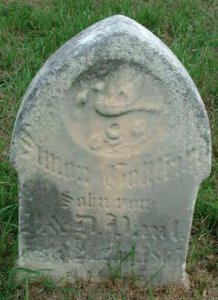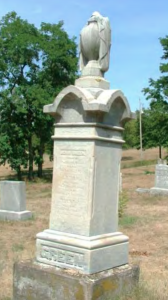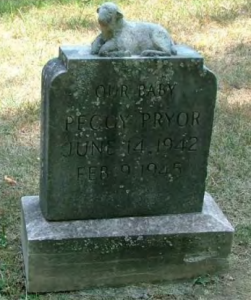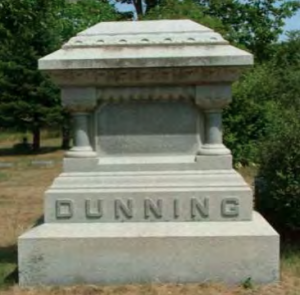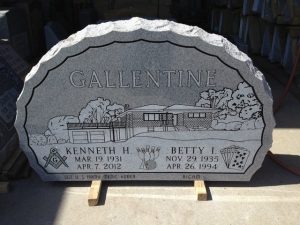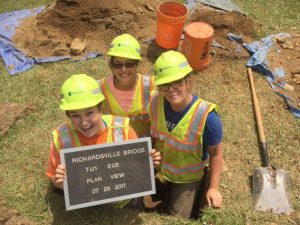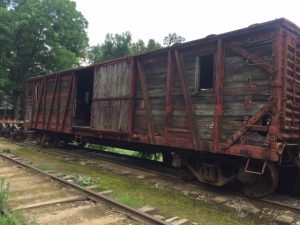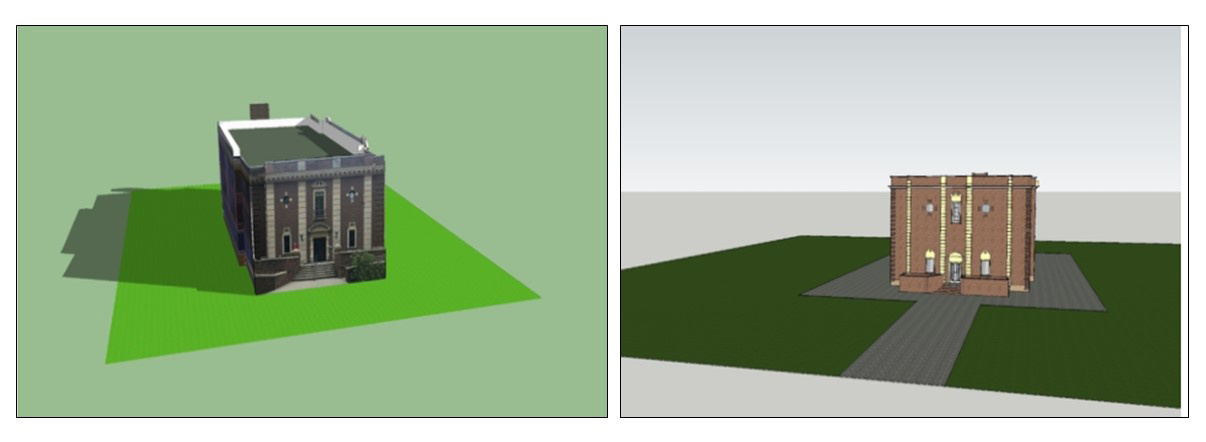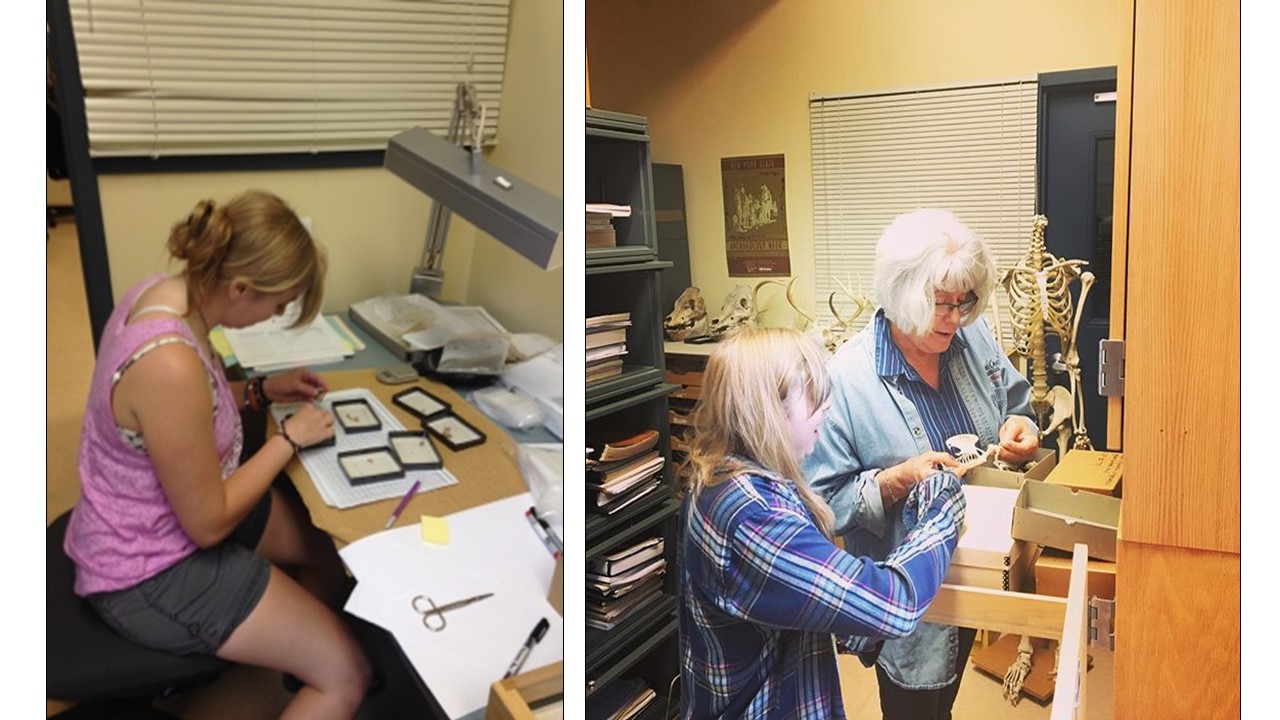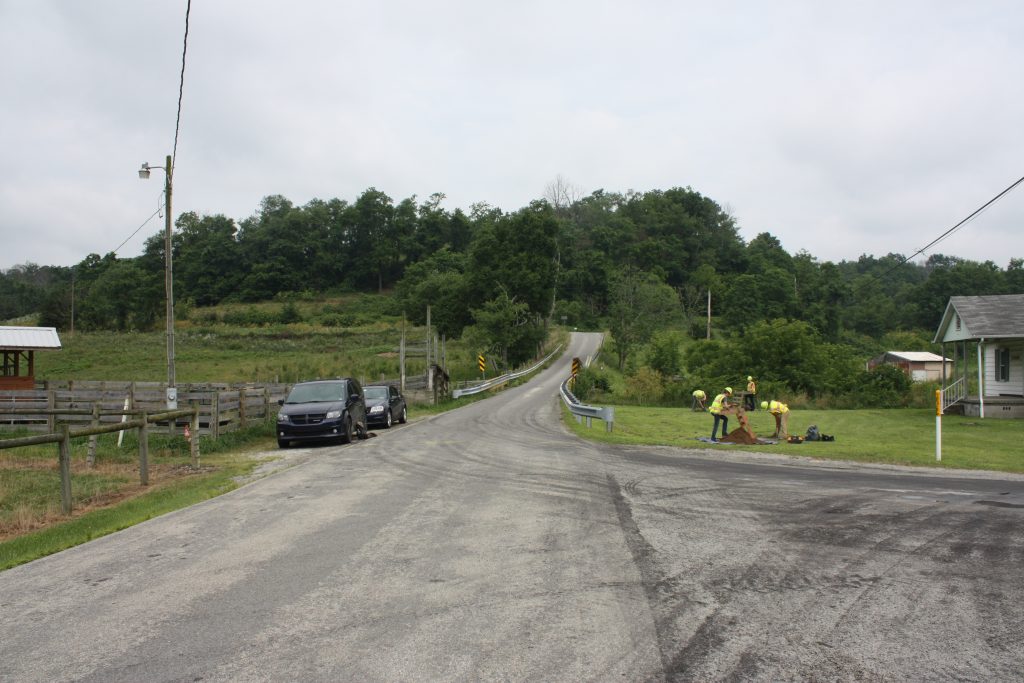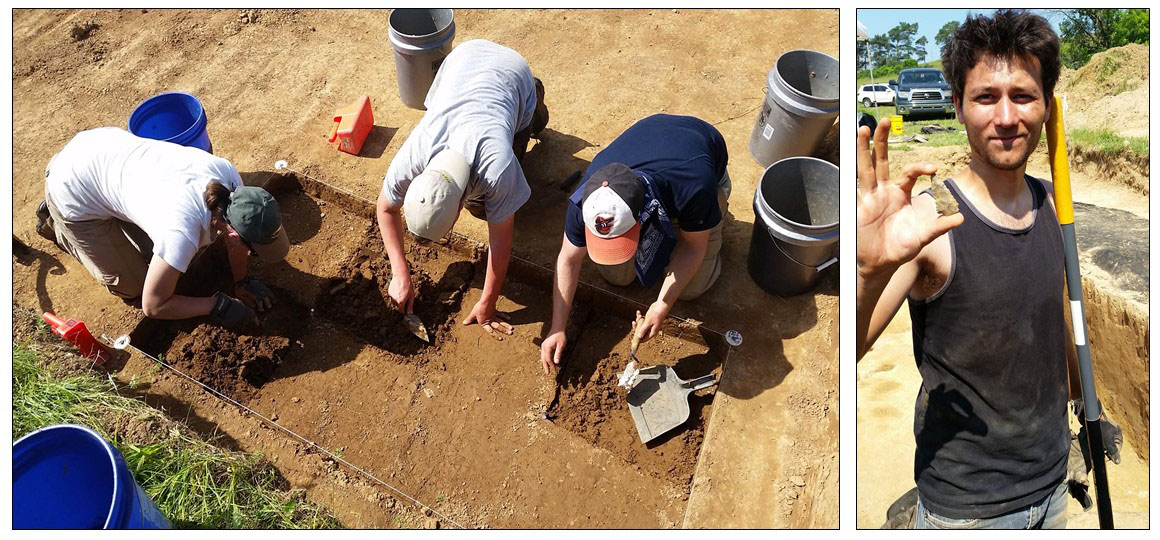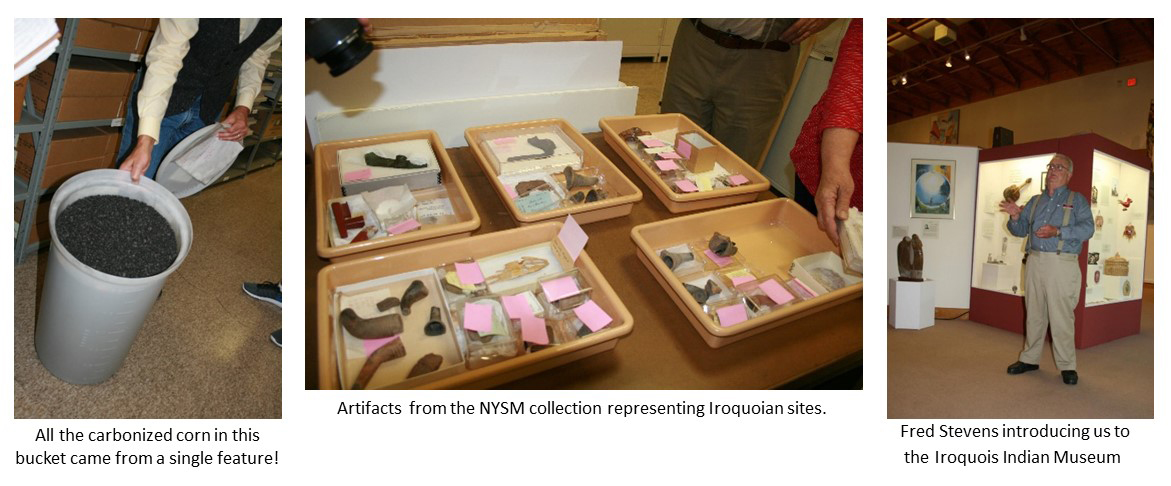By: Genevieve Everett
I’ve been thinking a lot about the “Me Too” movement and how women have been affected by work related harassment and assault within the field of Archaeology. As a woman coming to the end of my graduate studies, I am preparing for a future of working as a “field-based scientist”. I have been thinking about what it means to be a woman in the sciences, and the unpleasant experiences so many women have experienced and endured in the not so distant past. I obviously cannot speak for every individual that identifies as female, but I can say that the subject of work place harassment and assault has only recently been publicly addressed, and quantified in two well-known (within the field of Archaeology) surveys. The results of the surveys were provided by the Southeastern Archaeological Conference (SEAC) in “Preliminary Results of the SEAC Sexual Harassment Survey” (Meyers et al. 2015), and in the article, “Survey of Academic Field Experiences (SAFE): Trainees Report Harassment and Assault” (Clancy et al. 2014). While the SEAC survey is very important, and sheds light on improper work related harassment (when is it ever proper?) specific to archaeology, I am going to briefly discuss the SAFE survey.
It should be noted, not all respondents to the SAFE survey were Archaeologists, however, Archaeologists did account for 159 of the respondents (23%), out of a total of 666 total respondents (Clancy et al. 2014). The SAFE survey was distributed as a link through email and social media calling for field-based scientists, such as CRM professionals. Participants were asked to respond to a series of questions pertaining to age, gender, etc. And most importantly, questions related to sexual harassment and assault, whether personal or observed.
In terms of demographics, the results indicate that 77.5% of the respondents were women (Clancy et al. 2014). Likewise, various respondents provided varying sexual orientations and ethnicities, however, majority of respondents were heterosexual and white. Professionally, respondents included, students (grad/undergrad), professors (of all levels), researchers, and all others outside of the field of academia. Long story short, the survey indicated that women at the “Trainee” level of the employment ladder provided that they have experienced either harassment, assault, or both at higher rates than any other professional. For example, 84% of women at the trainee level indicated that they have experienced some sort of work related harassment, while women in “higher” positions experienced lower rates of harassment (Clancy et. al 2014). In the survey, most women indicated that the perpetrators were higher on the “professional hierarchy”, people in “power”.
If we look at trends of the “Me Too” movement, women around the country are coming out with allegations against men of “power”, individuals that control the purse strings. It might not seem like it, but what’s happening in Hollywood and politics is also happening in Archaeology (made clear in the SAFE survey), and it has been happening for a very long time. I’ve heard people say, “Why are women all of a suddenly speaking out?” They’re not “suddenly” speaking out, many women have come forward, but we haven’t heard about it, because the individuals that are, are either not famous enough or they have been ordered under legal agreements to keep silent about the case. I think it’s great that the systemic problem of work place harassment and assault are being addressed in our field, but more needs to be done. I’d be very curious to see the results of a similar survey now, in 2018, when women are banding together to support one another and speak out. I’d like to see responses to how men and women would like to see and contribute to a safe working environment. How can this be achieved? I completely agree with Clancy and her colleagues that the only way to improve the unwanted and uncomfortable situations in the field is, “raising awareness of the presence of hostile work behaviors, discrimination, harassment, and assault (particularly women); creating guidelines for respectful behavior; and adopting independent reporting and enforcement mechanisms” (Clancy et al. 2014). The only way forward is to re-educate professionals, for BOTH men and women at all levels of the profession to take a hard stance against work place assault and harassment, and support those that still fall victim to these experiences.
